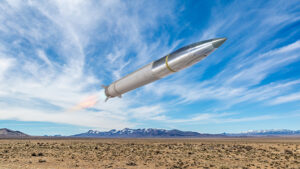
The Army wants industry to start focusing on future heavy vertical lift solutions as potential replacements for the CH-47 Chinook, Secretary Mark Esper said Tuesday, as the service continues to push industry partners to focus away from legacy systems towards platforms geared towards a future fight. Esper told reporters following a discussing at the Brookings Institution there isn’t a formal future heavy vertical lift development yet, while adding it’s one of several areas where the Army is committed to exploring…

 By
By 











